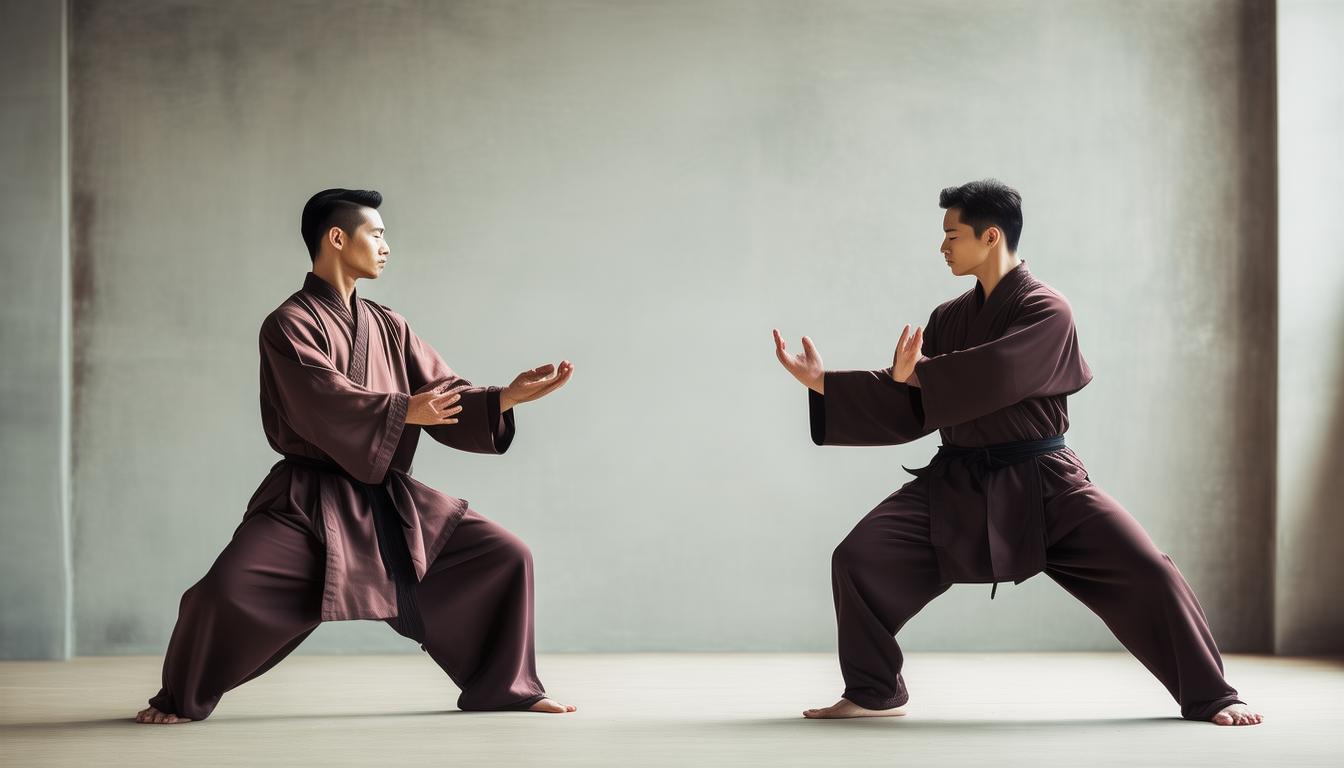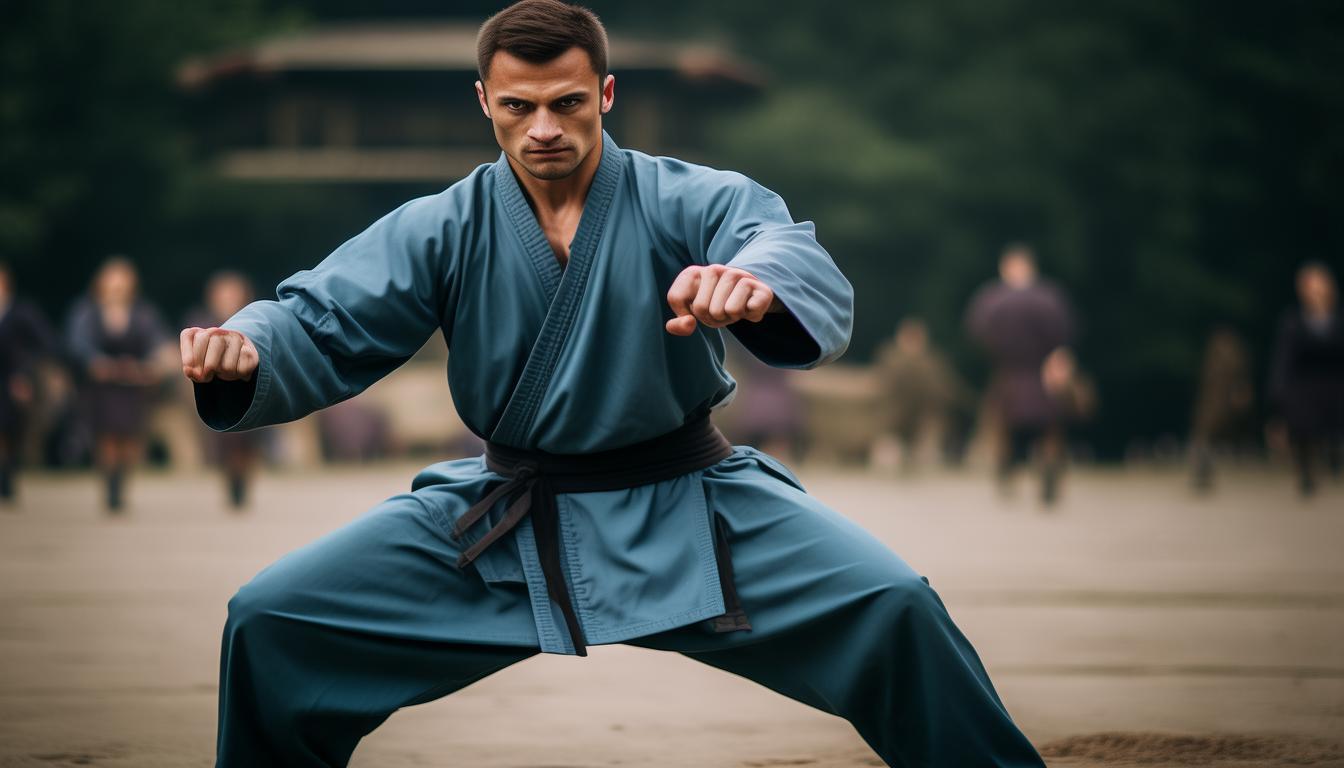Tai Chi and Wing Chun are both valuable heritages of our country's martial arts, each with unique charm. Tai Chi advocates winning with softness, with sharpness and gentle movements, emphasizing the harmony and unity of inner breath and external movements; while Wing Chun focuses on fast attacks at close range, and takes quick and direct actions , which are extremely practical. Below, I will elaborate on their respective characteristics, differences and their applications in practice.
Style Features
The charm of Tai Chi is like the ethereal clouds and flowing streams. Every movement seems so relaxed and soft, just like the stream flowing slowly in the mountains. The practitioner seems to be integrated with nature in it, and each move reveals a peaceful and profound artistic conception. Relatively speaking, the style of Wing Chun is compact and powerful, with a speed as fast as a bullet and full of explosive power. It swings the punches quickly within a short distance, full of strong aggressiveness.
History origin

Tai Chi originated in Chenjiagou and is said to be founded by Chen Wangting. During the process of its circulation, it has continuously incorporated the essence of Taoism and traditional Chinese medicine and gradually formed its own unique style system. After a long period of evolution, Tai Chi And Arthritis has derived many schools such as Chen style and Yang style. Wing Chun was created by Yan Wing Chun from Fujian. Later, it was inherited and promoted by martial arts masters such as Liang Zan and Ip Man. It was widely circulated in Guangdong and became one of the iconic schools of Southern martial arts.
How to exert force
Tai Chi movement is centered on the waist, driving the whole body movement, and relies on the spiral entanglement of the body to accumulate strength. This power is continuous and elastic. Through the technique of sticky and sticky, it can resolve the opponent's strength and then use the force to counterattack. Wing Chun Fist relies on the instant twisting of the body and the stretching of the limbs to burst out powerful force. The punching speed is as fast as a spring, and the movements are simple and neat. This explosive force allows the fist to release huge energy in an instant.
Practical application

In actual combat, Tai Chi uses its own mobility and exquisite resolution methods to counterattack by adjusting the opponent's balance. Often, the opponent has been subdued before he can react. In actual combat, Wing Chun usually uses rapid punches and feet to fight quickly, and is good at close combat. Its unique Japanese punch is like two sharp blades, which can quickly break through the opponent's defense.
Fitness effects
Tai Chi exercise helps both physical and mental health, and gentle movements help deepen breathing, thereby strengthening heart and lung function. In addition, it can relieve stress and calm people's hearts. Wing Chun can improve the flexibility and coordination of the body and have significant effects on enhancing muscle strength. Long-term practice can make the person's body more agile and strong.


